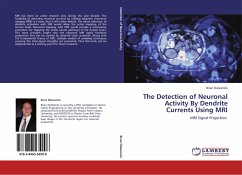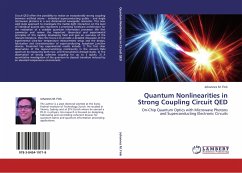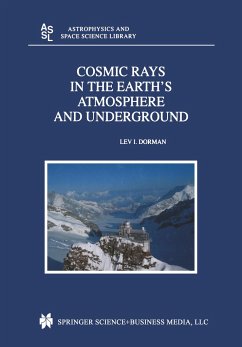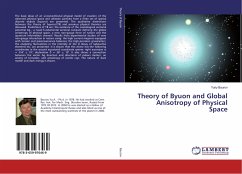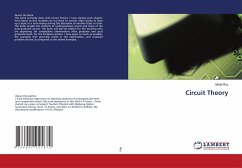
Thunderstorm generator currents and the Global Electric Circuit
Estimation of thunderstorm generator currents and their effect on the Global Electric Circuit
Versandkostenfrei!
Versandfertig in 6-10 Tagen
32,99 €
inkl. MwSt.

PAYBACK Punkte
16 °P sammeln!
Data provided from ground based and balloon-borne electric field meters are combined with three dimensional lightning mapping array (LMA) data, radar data and lightning charge estimates to model the generator currents in a New Mexico thunderstorm that occurred on August 7,1999. The model also gives the storm s Wilson current contribution in the global electric circuit. The overall model includes a simple axisymmetric disk model of storm charge regions to calculate the in-cloud electric field. We require that after every lightning flash the generator currents build up enough charge to make the ...
Data provided from ground based and balloon-borne electric field meters are combined with three dimensional lightning mapping array (LMA) data, radar data and lightning charge estimates to model the generator currents in a New Mexico thunderstorm that occurred on August 7,1999. The model also gives the storm s Wilson current contribution in the global electric circuit. The overall model includes a simple axisymmetric disk model of storm charge regions to calculate the in-cloud electric field. We require that after every lightning flash the generator currents build up enough charge to make the electric field exceed the runaway breakdown threshold at the initiation altitude of the next flash observed with the LMA. In particular, the threshold must be exceeded at the appropriate altitude and time to cause the observed discharge. This dissertation models the complete life cycle of the August 7 tripolar storm cell that produced 39 intracloud and cloud to ground flashes.



